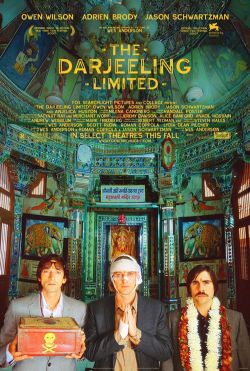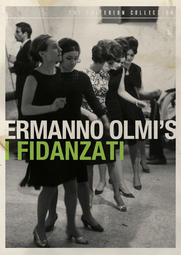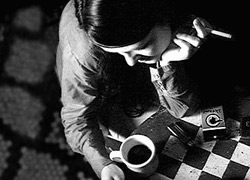 A trippin’ roadtrip film: stylish, hypotic and self-indulgent. That’s my first reaction towards Wes Anderson’s latest,”The Darjeeling Limited”, where three brothers travel across India in the titular train to bond with one another and gain some spirituality by visiting those famed Indian temples. Anderson quickly divulges the impulsive, conventional & unfounded notions of India as seen by a typical American – cows on the street, chaotic sidelanes and bypasses, the fascination with snakes, bearded men, women in sarees…and oh, bribery.
A trippin’ roadtrip film: stylish, hypotic and self-indulgent. That’s my first reaction towards Wes Anderson’s latest,”The Darjeeling Limited”, where three brothers travel across India in the titular train to bond with one another and gain some spirituality by visiting those famed Indian temples. Anderson quickly divulges the impulsive, conventional & unfounded notions of India as seen by a typical American – cows on the street, chaotic sidelanes and bypasses, the fascination with snakes, bearded men, women in sarees…and oh, bribery.
The camera zooms in and out so much that it gets distracting soon enough, especially when there’s movement on screen. And I felt there was no point to it. One could, if pushed, interpret it as this gradually narrowing external perception of Indian spirituality that finally resolves itself to an outer mesh of garlands, tikkis and temples where not a semblance of that inner peace or soulful recluse that such people seek can be found, the satire of which gleefully complements the film’s offbeat humor.
An ironic editing cut near the end places the brothers in a car somewhere en-route to their father’s funeral, which their mother did not attend. The sequence preceding this cut is when the three rescue some kids, but one of them dies. They get invited to the funeral and attend out of respect, but as strangers in a strange land. The irony of this cut is evident – the familial bond that their mother rejected to find some “higher” peace with strangers instead of her own children acknowledges this modern notion of finding spirituality in holy places disregarding the society in which one lives.
The film as a whole though is quite self-indulgent, especially the beautifully shot but hollow slow-mo sequences that are spread across its length. The music on the other hand was chosen well and aimed to deliver an “authentic” Indian experience cultivated within a psychedelic American exterior. Accompanied by a brilliant short, “Hotel Chevalier”, this is one (slightly flawed) trip that shouldn’t be missed.
 A few years after Il Posto, Ermanno Olmi made the poignant I Fidanzati (The Fiances), depicting a weary loneliness and an alienation that cuts through a feeble relationship between two lovers when one of them, Giovanni, moves to Sicily to take up a job promotion. He not only leaves his lover Liliana, but also moves his father to an old age home where he gets more reclusive.
A few years after Il Posto, Ermanno Olmi made the poignant I Fidanzati (The Fiances), depicting a weary loneliness and an alienation that cuts through a feeble relationship between two lovers when one of them, Giovanni, moves to Sicily to take up a job promotion. He not only leaves his lover Liliana, but also moves his father to an old age home where he gets more reclusive. I watched Jarmusch’s Coffee and Cigarettes recently amid an extremely tight schedule (and am not sure what my frequency of watching films will be from now on). Anyway, Coffee and Cigarettes is visually quite heavy, with smoke and dull cups of coffee set atop repeating patterns of tablecloth. The visual angles are restricted to just the table and occasionally move away to reveal a bit of the surroundings. There are also a few top-down shots, but usually the framing is tight and carefully controlled to impose a feeling of claustrophobia…and heavy at that. The film’s black-and-white aspect rids it of basic primary colors such as red, green or yellow that might usually be more prominent at places like cafes or restaurants where most of the film’s independent events occur.
I watched Jarmusch’s Coffee and Cigarettes recently amid an extremely tight schedule (and am not sure what my frequency of watching films will be from now on). Anyway, Coffee and Cigarettes is visually quite heavy, with smoke and dull cups of coffee set atop repeating patterns of tablecloth. The visual angles are restricted to just the table and occasionally move away to reveal a bit of the surroundings. There are also a few top-down shots, but usually the framing is tight and carefully controlled to impose a feeling of claustrophobia…and heavy at that. The film’s black-and-white aspect rids it of basic primary colors such as red, green or yellow that might usually be more prominent at places like cafes or restaurants where most of the film’s independent events occur.